My first prototype, using a slow-cooker, wasn't working so well. So, I adapted, and, with a spark of inspiration, I went to the local pet-shop, and came back with some parts...
So, what makes a sous-vide system?
- First, of course, you need a container; just about any will do.
- Second, some water.
- Third, you need a source of heat.
- Fourth, a way to tell how hot your water is.
- Fifth, a controller for your heat source.
- ...and, optionally, sixth, a way to circulate the water.
A random bucket meets the need for the first, my sink the second, a DS18B20 the fourth, and obviously a Arduino, or a Raspberry PI, for the fifth.
What about the third and the sixth? COTS water heaters for small volumes, and high temp pumps, don't exactly fall off the shelves.
Pet-store to the rescue!
- For the third, an aquarium heater is just about perfect... you've just got to lobotomize the thermostat.
- The sixth, that's a bit more tricky. However, if we look at the Wikipedia article on Airlift Pumps, we can see that a simple pump can be made, with no moving parts, if you have an air source. Cue, the aquarium bubbler pump! A bubbler pump is designed for long run times, doesn't cost much, and satisfies the need for an air source.
Now... to test....
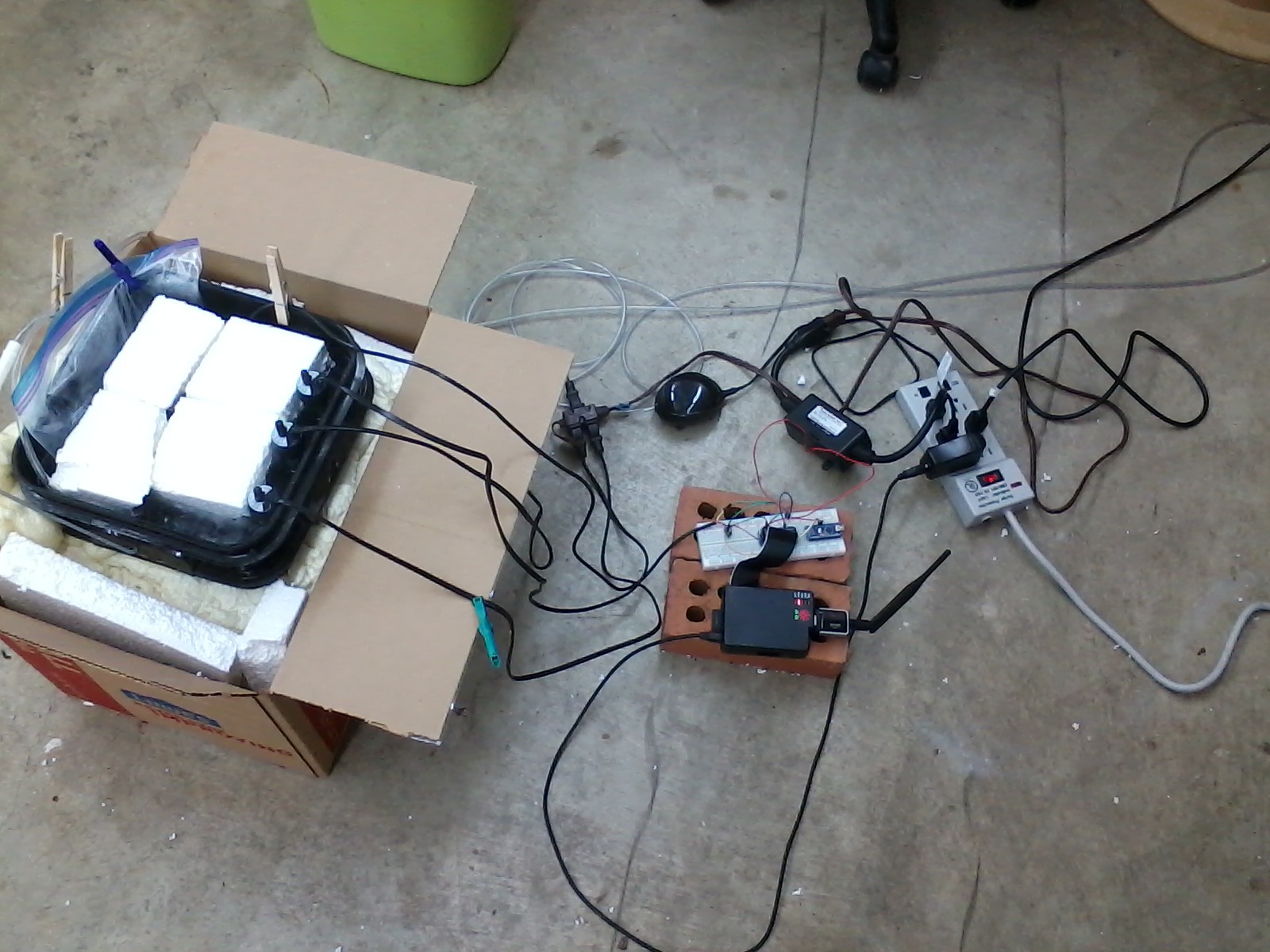
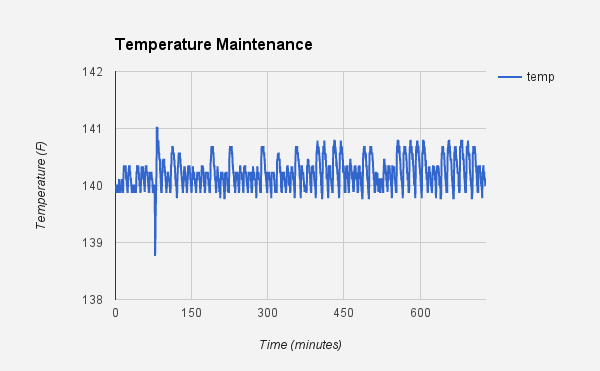
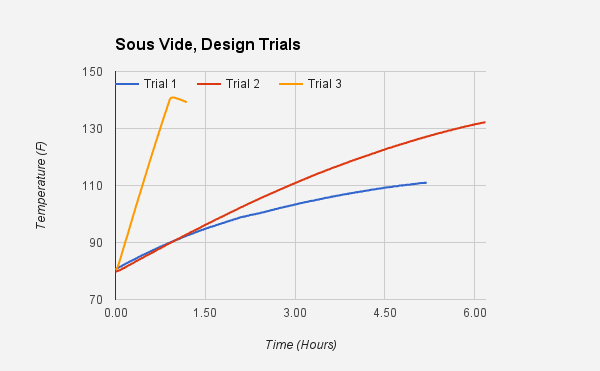
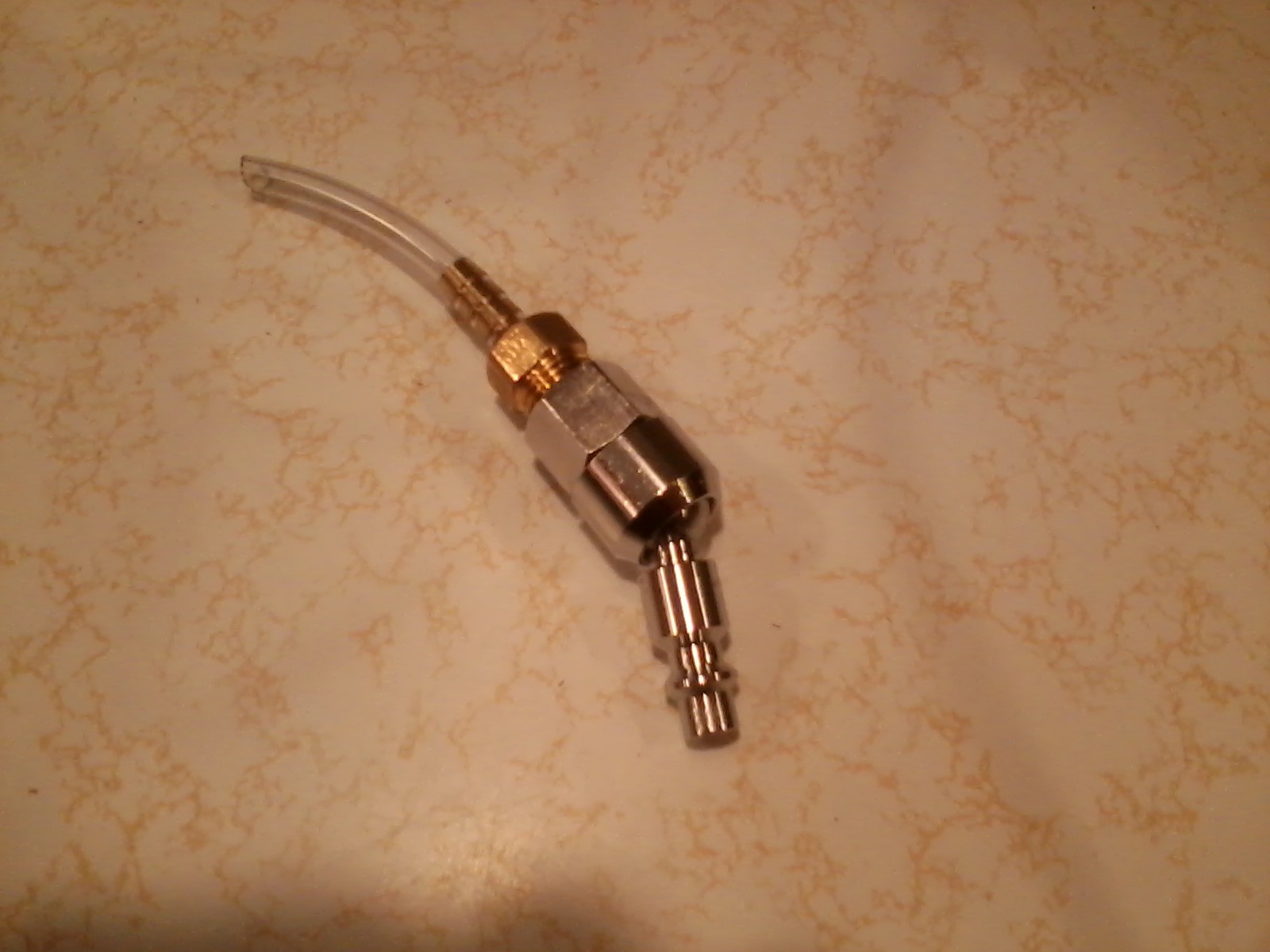
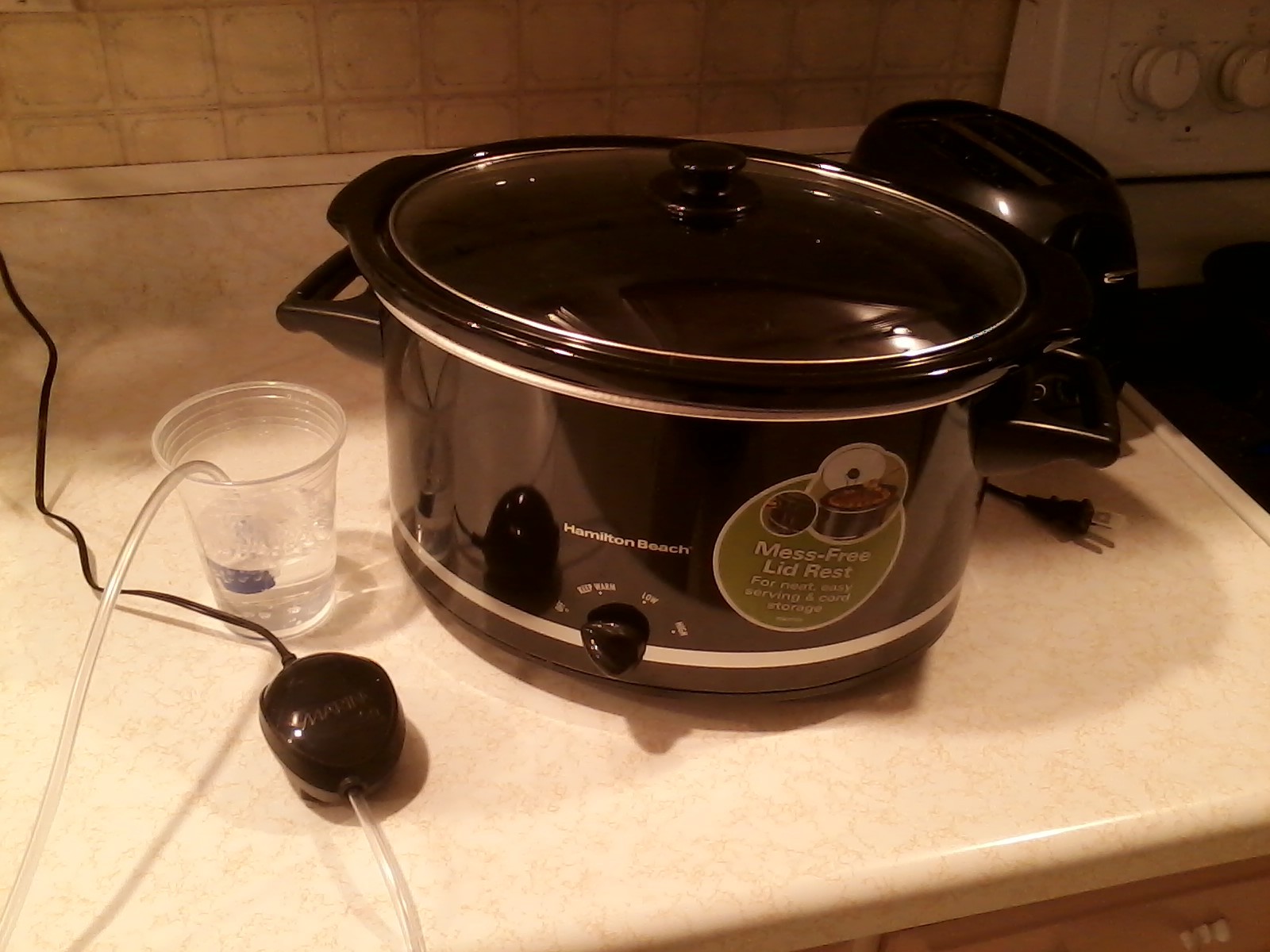

this is really amazing project . i am also working on a cooking gear lab page.